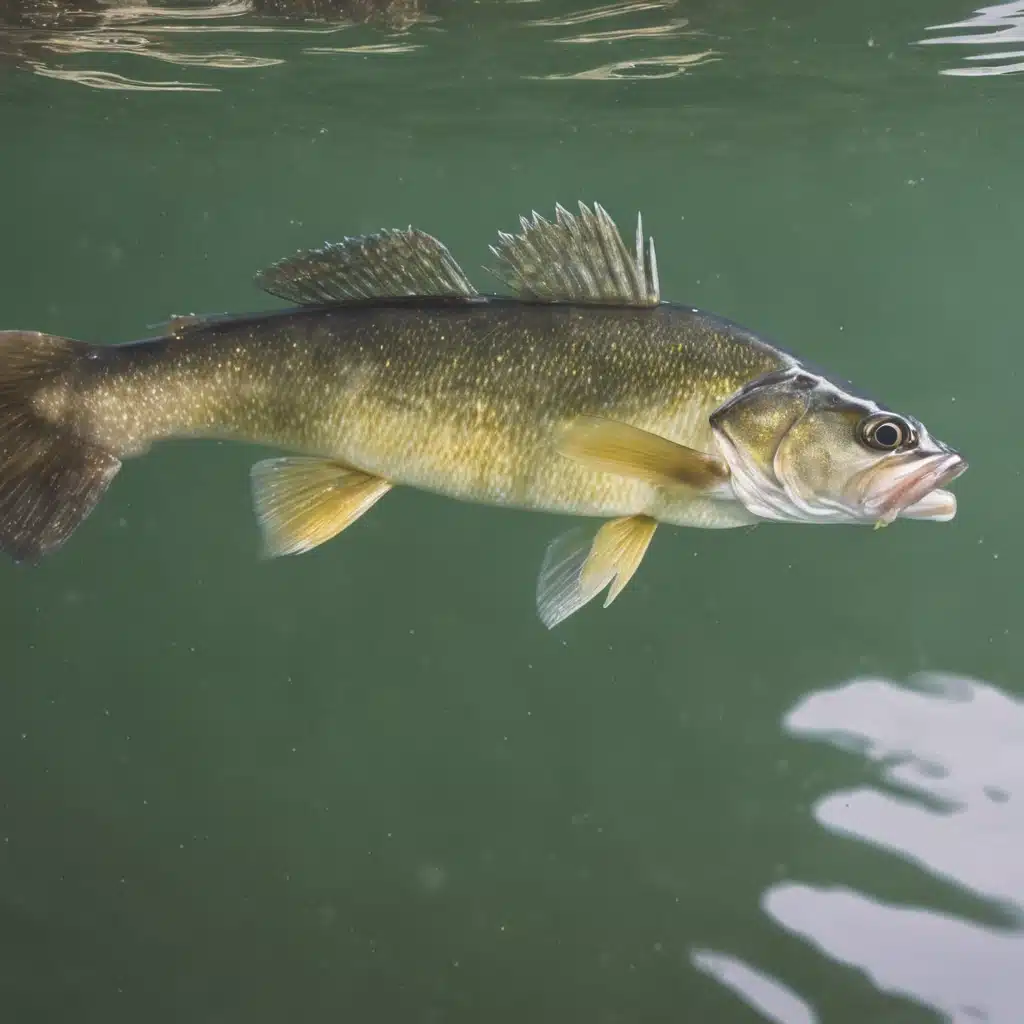Walleye Fishing Lures
Walleye: Known for their excellent taste, Walleye are targeted with live bait or jigs, especially at dawn and dusk. They prefer deep, clear water.

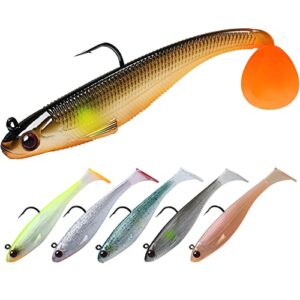


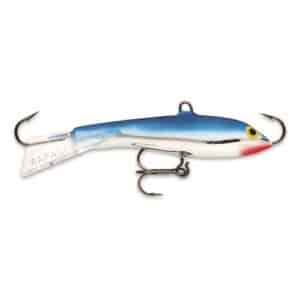
Unleashing the Power: A Review of Rapala Jigging Rap Lure
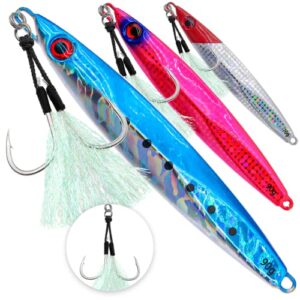
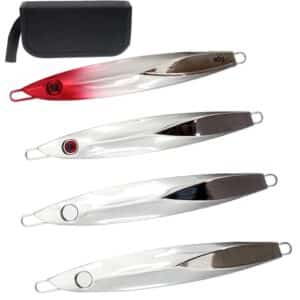
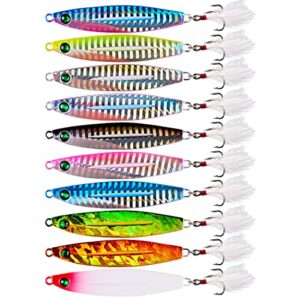
Top 10 Hard Metal Diving Sea Fishing Lures Review
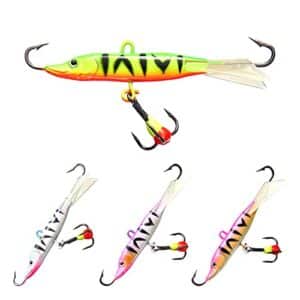
Common Lures for Walleye fish
Walleye, prized for their elusive nature and delicious taste, respond well to a variety of lures that mimic their natural prey, including small fish and invertebrates. Here are some common lures used for catching Walleye:
Jigs: Jigs are arguably the most versatile and effective lure for Walleye, especially when tipped with live bait (like minnows or nightcrawlers) or soft plastic grubs or minnows. They can be bounced along the bottom or used in a vertical jigging motion.
Crankbaits: Deep-diving crankbaits that mimic baitfish are excellent for trolling or casting in deeper waters where Walleye are often found. Shallow-running crankbaits work well along weed edges and shallow structures.
Soft Plastics: Soft plastic lures, including worms, swimbaits, and grubs, can be rigged in various ways (such as on a jig head or using a drop-shot rig) to target Walleye at different depths and conditions.
Spinners and Spinner Rigs: Spinners or spinner rigs, often combined with live bait, are effective for drifting or slow trolling. The vibration and flash attract Walleye, especially in stained or turbid waters.
Spoons: Trolling or casting with spoons can be effective, especially in open water or when Walleye are suspended. The action of a spoon mimics an injured baitfish.
Slip Bobber Rigs: While not a lure, slip bobber rigs allow for precise depth control when presenting live bait or jigs in areas where Walleye are holding, such as near drop-offs or submerged structures.
Stickbaits and Jerkbaits: These lures can be effective, especially during the spring and fall when Walleye are more aggressive. Their erratic action mimics wounded fish, a prime target for Walleye.
When targeting Walleye, it’s crucial to consider the water conditions and time of year, as Walleye behavior and location can change significantly. For example, during the spawn in spring,
Walleye may be found in shallower waters or near river inlets, while in summer and winter, they often move to deeper areas. Adapting your lure choice and presentation to these conditions can greatly increase your success rate.

